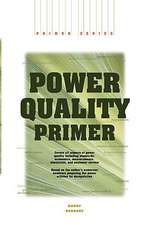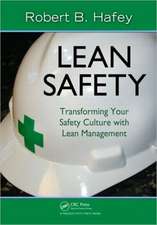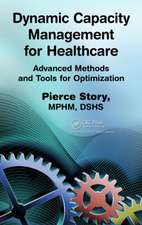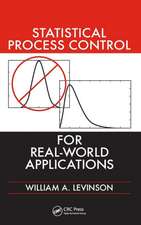Lean Management System LMS:2012: A Framework for Continual Lean Improvement
Autor William A. Levinsonen Limba Engleză Paperback – 7 aug 2012
The synergy of the human and technological aspects of Lean form what Henry Ford called a universal code for the achievement of world-class results in any enterprise, and which he put into practice to deliver unprecedented bottom line results. This book expands upon and systemizes this universal code into a structure or framework that promotes organizational self-audits and continuous improvement.
The book's first section offers a foundation of four simple but comprehensive Lean key performance indicators (KPIs): waste of the time of things (as in cycle time), waste of the time of people, waste of energy, and waste of materials. The Toyota Production System's seven wastes are all measurable in terms of these four KPIs, which also cover the key metrics of Eliyahu Goldratt's theory of constraints: throughput, inventory, and operating expense.
The first section then adds a proactive improvement cycle that sets out to look for trouble by isolating processes for analytical purposes and measuring and then balancing inputs and outputs to force all wastes to become visible. It is in fact technically impossible for any waste of material or energy to hide from what chemical engineers call a material and energy balance. Application of this book's content should therefore satisfy most provisions of the ISO 14001 environmental management system standard and the new ISO 50001 energy management system standard.
The second section consists of an unofficial (and therefore customizable) standard against which the organization can audit its Lean management system. The unofficial standard is designed to be compatible with ISO 9001:2008 so internal auditors can assess both systems simultaneously. Each provision includes numerous examples of questions that promote audits in a narrative form as opposed to yes/no checklists or Likert scale ratings. The unofficial standard can also be downloaded (without the assessment questions) from the publisher's Web site. The third section elaborates in detail on the second and provides numerous real-world examples of applications.
Preț: 354.54 lei
Nou
Puncte Express: 532
Preț estimativ în valută:
67.84€ • 70.84$ • 56.02£
67.84€ • 70.84$ • 56.02£
Carte tipărită la comandă
Livrare economică 16-30 aprilie
Preluare comenzi: 021 569.72.76
Specificații
ISBN-13: 9781466505377
ISBN-10: 1466505370
Pagini: 215
Ilustrații: 20 b/w images
Dimensiuni: 178 x 254 x 15 mm
Greutate: 0.41 kg
Ediția:1
Editura: Taylor & Francis
Colecția Productivity Press
Locul publicării:Oxford, United Kingdom
ISBN-10: 1466505370
Pagini: 215
Ilustrații: 20 b/w images
Dimensiuni: 178 x 254 x 15 mm
Greutate: 0.41 kg
Ediția:1
Editura: Taylor & Francis
Colecția Productivity Press
Locul publicării:Oxford, United Kingdom
Public țintă
Professional Practice & DevelopmentCuprins
Why LMS: 2012? OVERVIEW. The Need for a Lean Management Standard. Lean Key Performance Indicators. Integrated Lean Assessment. LMS: 2012. Lean Management System Requirements. Organizational Responsibility. Lean System Infrastructure and Resources. Product or Service Realization. Measurement and Continual Improvement. DETAILS AND EXPANDED EXPLANATION. Lean Management System (4): Details. Organizational Responsibility (5): Details. Infrastructure and Resources (6): Details. Product or Service Realization (7): Details. Measurement and Continual Improvement (8): Details. Additional Lean Environmental and Energy Practices. Conclusion.
Descriere
The synergy of the human and technological aspects of Lean form what Henry Ford called a universal code for achieving world-class results in any enterprise. This book expands upon and systemizes this universal code into a structure or framework that promotes organizational self-audits and continuous improvement. The first section offers a foundation of four simple but comprehensive Lean key performance indicators (KPIs): waste of the time of things (as in cycle time), waste of the time of people, waste of energy, and waste of materials. The second section consists of an unofficial (and therefore customizable) standard against which the organization can audit its Lean management system.






![Using Hoshin Kanri to Improve the Value Stream [With CDROM]: From Theory to Practice](https://i3.books-express.ro/bt/9781420084238/using-hoshin-kanri-to-improve-the-value-stream-with-cdrom.jpg)












